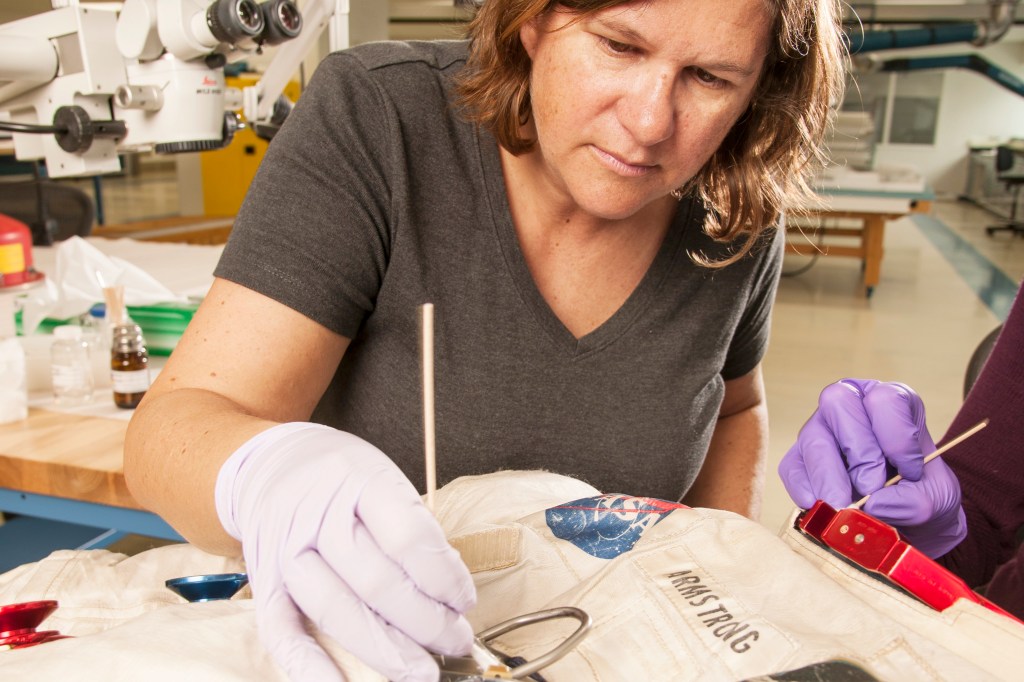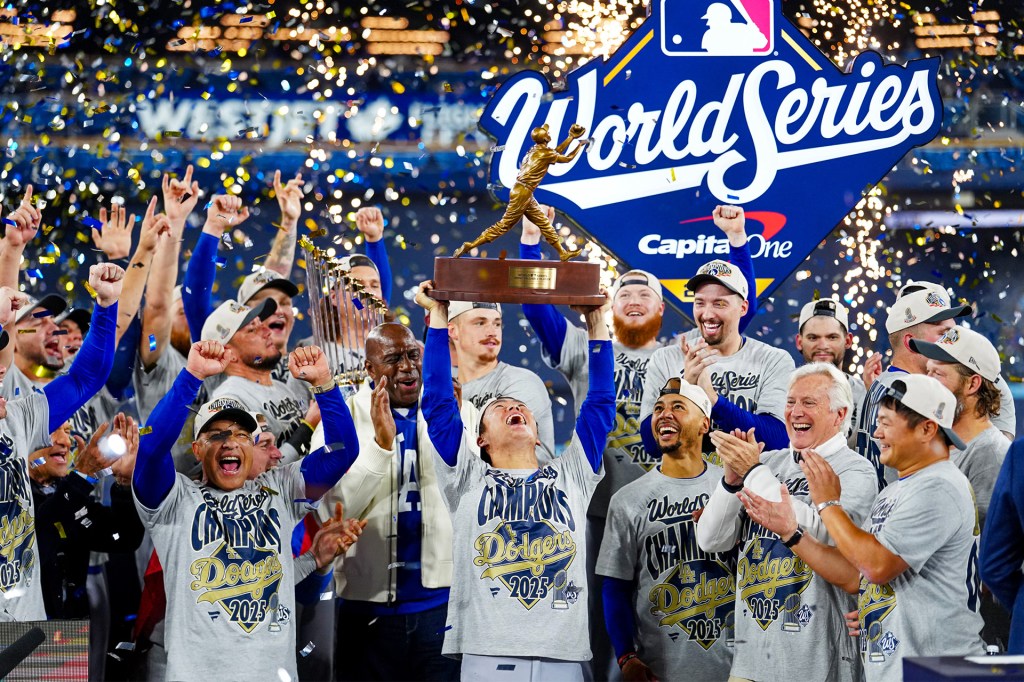Remaking Money
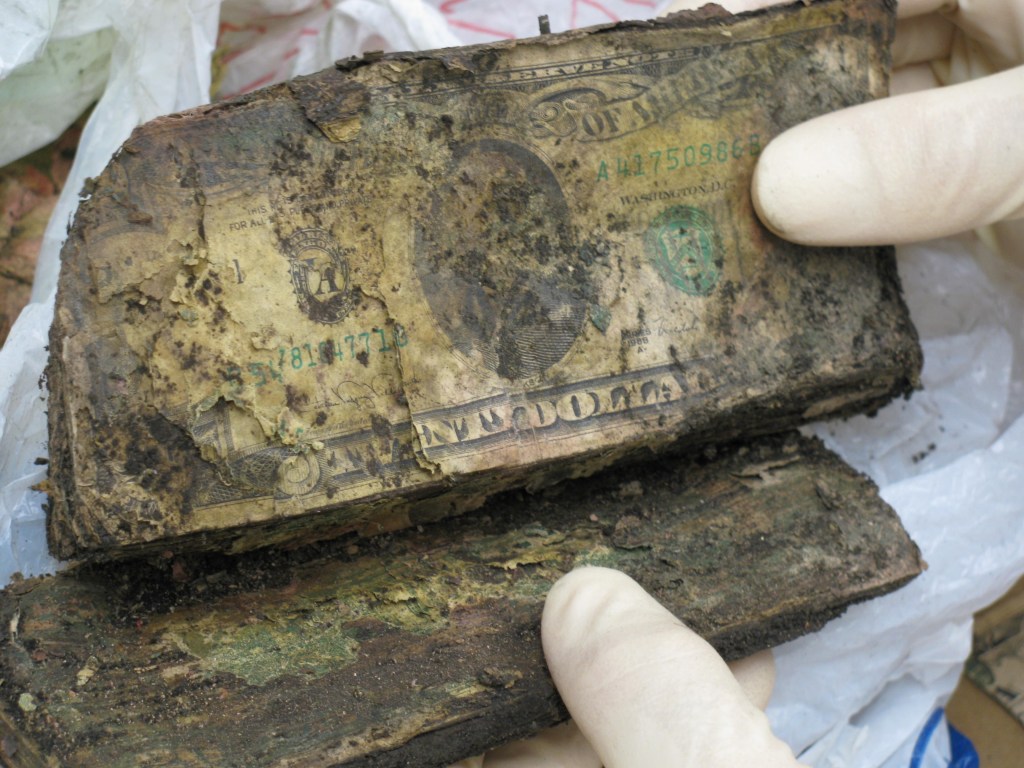
Imagine you’ve been saving to buy a new scooter. Finally, you’re ready to make the purchase, but your envelope of cash is missing. You search for it. Then you make a shocking discovery: Your brother accidentally put the envelope through a paper shredder! Your cash is confetti.
Don’t panic. It may take a while, but the U.S. government can replace your money, says Eric Walsh. He works for the Bureau of Engraving and Printing (BEP), in Washington, D.C. The BEP is the government office that prints paper money. Walsh works for the BEP’s Mutilated
mutilated
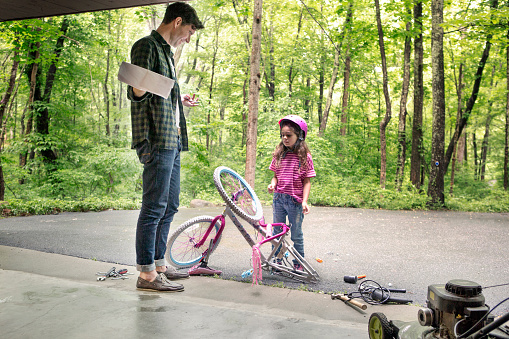 CAVAN IMAGES/GETTY IMAGES
seriously damaged
(adjective)
Cindy's bike was mutilated after her mom ran over it with her car.
Currency Division. His team determines the value of mutilated money. Then the BEP reimburses the person who sent it in.
CAVAN IMAGES/GETTY IMAGES
seriously damaged
(adjective)
Cindy's bike was mutilated after her mom ran over it with her car.
Currency Division. His team determines the value of mutilated money. Then the BEP reimburses the person who sent it in.
“It’s a painstaking job,” Walsh told TIME for Kids. “Some of the claims are just giant jigsaw puzzles.”
Patience Pays Off
Last year, the BEP handled about 24,000 claims totaling more than $40 million. Depending on the amount and how bad the damage is, a claim can take anywhere from a few hours to three years to process.
Each claim is handled by an examiner and given a grade from 1 to 5. “Level 1 cases you can pretty much count by hand,” Walsh says. Level 5s? “They’re where someone buried currency in the yard for 20 years, and when they went to dig it up, it had petrified
petrify
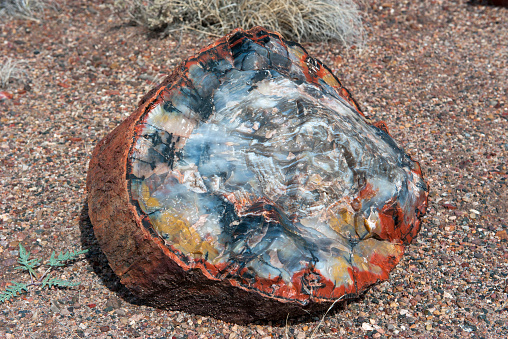 JEROME GORIN—PHOTO ALTO/GETTY IMAGES
to turn hard, like stone
(verb)
Over many years, the dead tree petrified and became stone.
.” Hiding money around the home wasn’t unusual in the 1930s, during the financial crisis known as the Great Depression. “People didn’t trust banks, and they would literally bury their money by the oak tree out back,” Walsh says.
JEROME GORIN—PHOTO ALTO/GETTY IMAGES
to turn hard, like stone
(verb)
Over many years, the dead tree petrified and became stone.
.” Hiding money around the home wasn’t unusual in the 1930s, during the financial crisis known as the Great Depression. “People didn’t trust banks, and they would literally bury their money by the oak tree out back,” Walsh says.
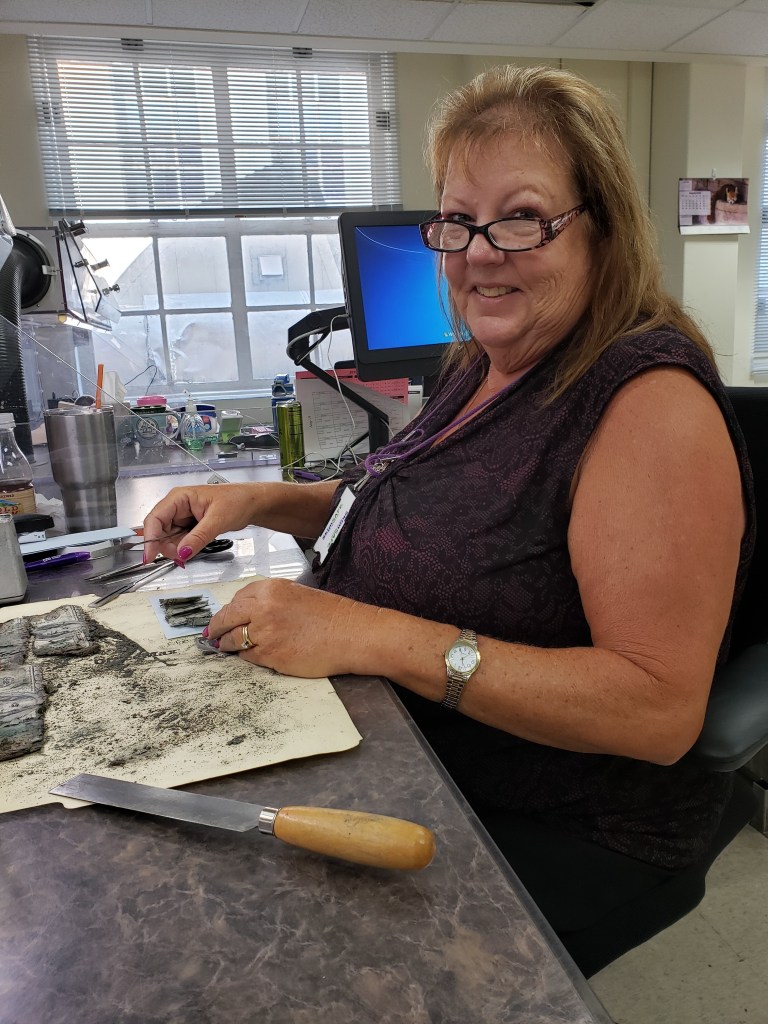
COUNTING CURRENCY The BEP's Tina Barnett uses simple tools to separate damaged bills.
COURTESY U.S. BUREAU OF ENGRAVING AND PRINTINGWater and fire are the most common mutilators of currency. Hurricanes and wildfire can lead to increased claims. “The toughest cases are the burnt ones,” says BEP examiner Tina Barnett. “The notes shrink and look like Monopoly money.” They’re also brittle, she adds.
To make sure a bill is real, examiners use a microscope to read its fine print. Special lights help them see a bill’s security features. Otherwise, the job is “pretty low-tech,” Walsh says. “Examiners go through each note and piece it together by hand,” often using nothing more than “a scalpel, some tape, some glue, maybe a pair of tweezers.”
The hard work is worth it. “For some of our customers, this is their life savings,” Walsh says. “So it’s very rewarding to be a bright spot in people’s lives.”






